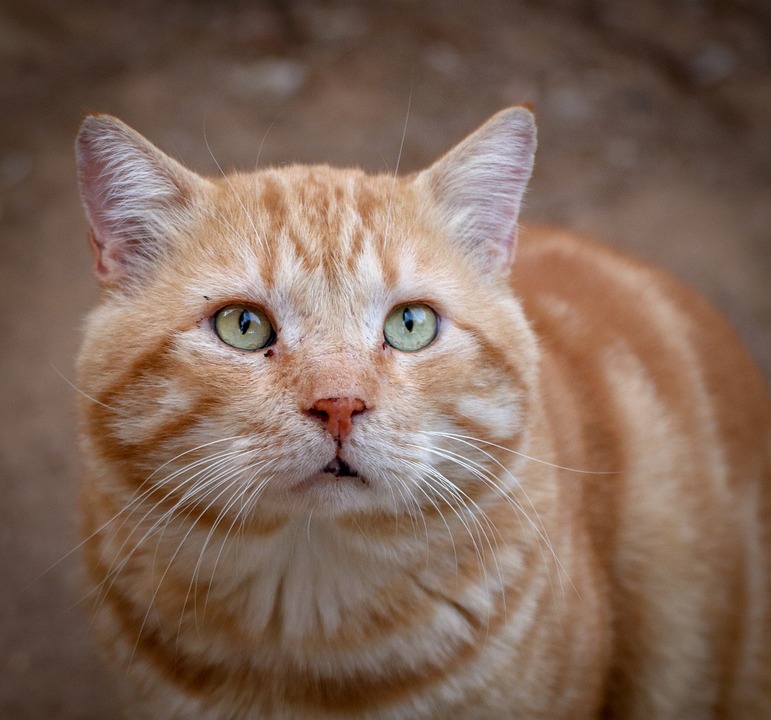
Creating a Sanctuary: Proven Techniques to Soothe Your Anxious Cat
As cat owners, we take on the responsibility of providing a safe and nurturing environment for our feline friends. Cats, like humans, can experience anxiety due to various factors such as changes in their environment, new additions to the household, or past trauma. Understanding and addressing these anxieties is crucial for ensuring your cat’s well-being. This article explores proven techniques to create a sanctuary for your anxious cat, offering practical advice and strategies to enhance cat behavior and training.
Understanding Cat Anxiety
Before diving into solutions, it’s essential to understand the causes and signs of anxiety in cats. Common triggers include:
- Changes in the environment, such as moving to a new home or rearranging furniture.
- Loud noises from thunderstorms, fireworks, or household appliances.
- Presence of new animals or people in the household.
- Lack of socialization or past traumatic experiences.
Signs of anxiety may manifest as excessive grooming, hiding, aggression, or changes in appetite. Identifying these signs early can help in addressing the root cause and providing appropriate solutions.
Creating a Safe Haven
A sanctuary should be a place where your cat feels secure and at ease. Here are some tips to create such an environment:
Designate a Quiet Space
Identify a quiet area in your home where your cat can retreat when feeling anxious. This space should be away from high-traffic areas and loud noises. Furnish it with a comfortable bed, and consider adding a few toys or a scratching post for enrichment.
Use Calming Scents
Cats have a highly developed sense of smell, and certain scents can have a calming effect. Consider using feline pheromone diffusers or sprays, which mimic the natural pheromones that cats produce to mark safe spaces. Lavender and chamomile scents can also be soothing, but ensure they are safe and non-toxic for cats.
Provide Vertical Spaces
Cats often feel more secure when they can observe their surroundings from a height. Install cat shelves or provide a cat tree to give your feline friend vertical space. This allows them to escape potential stressors and gives them a sense of control over their environment.
Maintain a Routine
Cats thrive on routine, and a consistent schedule can help reduce anxiety. Regular feeding times, play sessions, and grooming can provide a sense of stability and predictability for your cat.
Interactive Play and Enrichment
Engaging your cat in interactive play can help alleviate anxiety by providing both mental and physical stimulation. Use toys that mimic prey, such as feather wands or laser pointers, to tap into their natural hunting instincts. Rotate toys regularly to prevent boredom.
Training Techniques for Anxious Cats
Training not only strengthens the bond between you and your cat but also provides mental stimulation that can reduce anxiety. Consider the following techniques:
Clicker Training
Clicker training is a positive reinforcement method that can be highly effective for anxious cats. Start by associating the sound of the clicker with a treat, then use the clicker to reward desired behaviors. This method helps build confidence and encourages positive behavior.
Desensitization and Counter-Conditioning
If a specific stimulus is causing your cat anxiety, gradual desensitization can help. Introduce the stimulus at a low intensity and reward your cat for calm behavior. Over time, increase the intensity while continuing to provide positive reinforcement. This technique changes the emotional response to the anxiety-inducing stimulus.
Target Training
Target training involves teaching your cat to touch a target, such as a stick or your hand, with their nose or paw. This technique can redirect your cat’s focus from anxiety-inducing situations and provides a structured activity that promotes confidence.
The Role of Diet and Nutrition
A balanced diet plays a crucial role in your cat’s overall health and can impact their behavior. Ensure your cat’s diet is rich in essential nutrients, and consider foods or supplements that promote calmness, such as those containing L-theanine or tryptophan. Always consult your veterinarian before making dietary changes.
Consulting a Professional
If your cat’s anxiety persists despite your efforts, it may be time to consult a professional. Veterinarians or certified animal behaviorists can provide tailored advice and, if necessary, recommend medication to help manage severe anxiety.
Conclusion
Creating a sanctuary for your anxious cat involves understanding their needs, providing a safe and enriching environment, and employing effective training techniques. By taking these steps, you can help your feline friend feel more secure and reduce their anxiety, leading to a happier, healthier life together. Remember, patience and consistency are key, and every small effort contributes to your cat’s well-being.
#ChatGPT assisted in the creation of this article.








